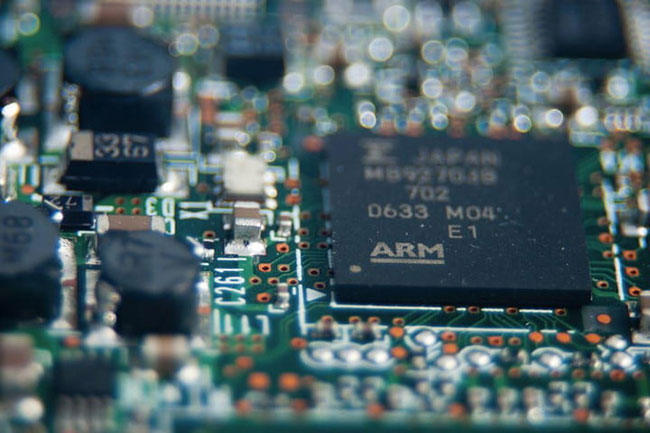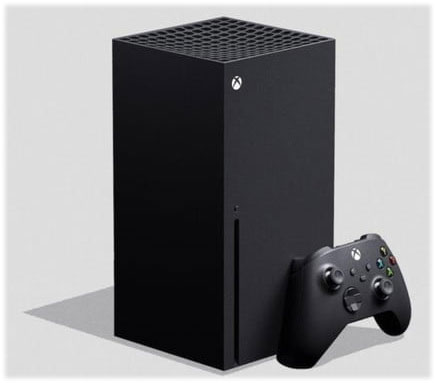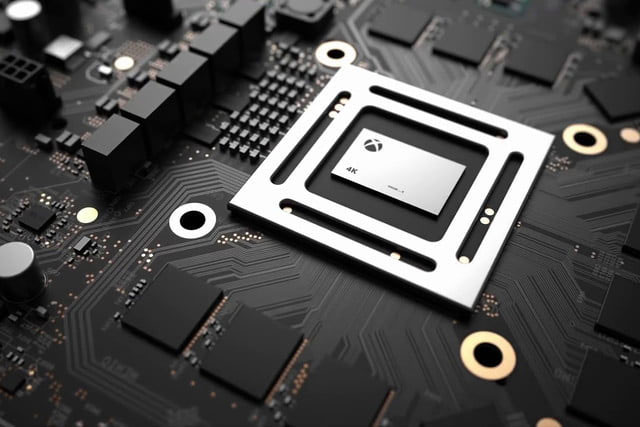What is teraflop?
If you're looking to buy a new Microsoft Xbox X Series or even just a graphics card for a PC, chances are you've come across the term TFLOP.
It is abbreviated teraflop and has become an important measurement of graphics card performance. Usually, the higher the number, the better the performance, but there are some nuances to consider. Here is everything you need to know when comparing some of the most powerful GPUs in the world.
What is TFLOP?
Unlike gigahertz (GHz), which measures the processor clock speed, TFLOP is a direct measurement of computer performance.

Specifically, teraflop refers to the processor's ability to calculate 1 trillion floating-point operations per second. For example, say something has '6 TFLOP', meaning that its processor setup is capable of processing an average of 6 trillion floating point operations per second.
Microsoft rates its custom Xbox Series X processor at 12 TFLOP, meaning the console is capable of performing 12 trillion floating point operations per second. For comparison, the AMD Radeon Pro GPU inside Apple's 16-inch MacBook Pro topped with 4 teraflops, while the redesigned Mac Pro could reach 56 teraflops.
Is TFLOP important to gaming?
Microsoft recently revealed details about the Xbox Series X, stating that its graphics processor has a performance of up to 12 teraflops. This is double the 6 teraflop on the Xbox Series X and 8 times the capacity of the original Xbox One. Microsoft has described this as a real leap in processing and graphics.

Improved computing power is crucial for games, especially when the new Xbox will use hardware-accelerated DirectX Ray Tracing (with ray tracing), with Microsoft implementing an algorithm. Customize the Variate Rate Shading (VRS) to make the video game scenes more realistic.
Illuminating a scene to show that absorbed, reflected or refracted light requires more graphics and consoles will rely on its 12-TFLOP silicon to give gamers an even better experience.
Many TFLOPs mean faster devices, better graphics?
That's usually the case, but in fact, we've seen some GPUs with more teraflops perform worse than those with less TFLOP. Capacity is the same. For example, headlights and spotlights may use the same power, but they operate in very different ways and have different levels of brightness. Real-world performance depends on things like processor architecture, frame buffers, core speed, and other important specifications.

Usually, more TFLOP means faster devices, better graphics. Just a few years ago, consumer devices could not even reach the TFLOP level, but now it is common for many devices to reach 6 to 11 TFLOP. In the supercomputer world, things are even more impressive.
Researchers who compare specifications currently discuss supercomputers with more than 100 petaflops (1 petaflop equals 1,000 teraflops). Currently, the performance record kept by an IBM supercomputer at Oak Ridge National Laboratory reaches 122.3 petaflop.
You should read it
- Google Stadia uses custom AMD chips, powering up to 10.7 teraflops
- The necessary notes when buying a gaming laptop
- Top best gaming desktops
- 5 best gaming mice in 2024
- 5 reasons not to buy a gaming laptop
- Top 12 cheapest and best quality LOL gaming mouse models in 2023
- Ranked 25 fastest gaming laptops
- 5 best gaming keypads in 2024
- Top 7 best gaming laptops in 2021
- Top 10 best gaming screens under 5 million
- Top 10 Best Gaming Laptops 2020
- T-Mobile announces the 5 best smartphones for gaming, guess what device will stand the list?






 Google Stadia uses custom AMD chips, powering up to 10.7 teraflops
Google Stadia uses custom AMD chips, powering up to 10.7 teraflops Can Pokemon Go be played on a computer? The answer is yes!
Can Pokemon Go be played on a computer? The answer is yes! Summary - How to play Pokemon GO, virtual reality game catch Pokemon on smartphone
Summary - How to play Pokemon GO, virtual reality game catch Pokemon on smartphone Things you didn't know about 26 types of Pokeball - Part 2
Things you didn't know about 26 types of Pokeball - Part 2 Stardust's effective way in Pokemon GO
Stardust's effective way in Pokemon GO AZ word about eggs in Pokemon Go
AZ word about eggs in Pokemon Go